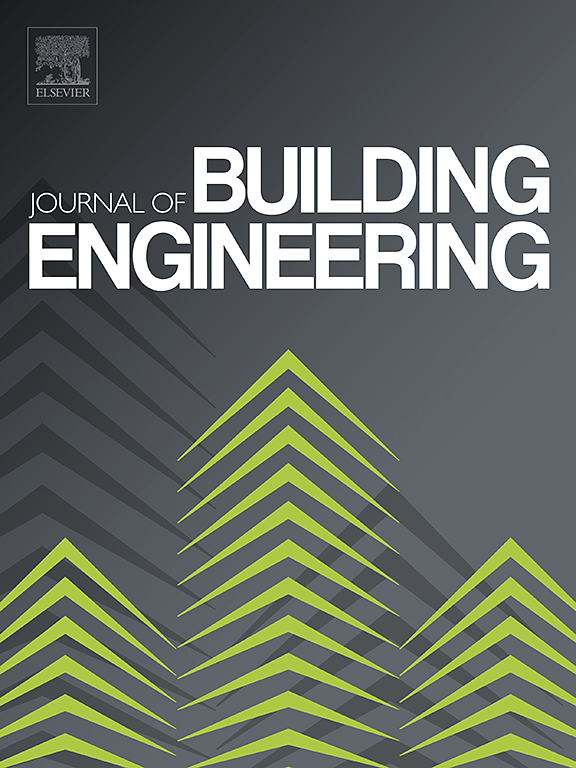Mechanical properties of sustainable engineered geopolymer composites with sodium carbonate activators
IF 6.7
2区 工程技术
Q1 CONSTRUCTION & BUILDING TECHNOLOGY
引用次数: 0
Abstract
Engineered geopolymer composites (EGC) have emerged as promising alternatives to engineered cementitious composites (ECC), largely owing to their low carbon emission potential. However, typical alkaline activators used in geopolymer often contribute to significant environmental impact. Sodium carbonate (SC), also known as natural alkali, is derived from abundant natural deposits and offers a potential greener alternative, with lower carbon emissions, and reduced energy consumption. This study introduces a novel hybrid activation approach using SC as a partial replacement for sodium hydroxide (SH), aiming to improve both the mechanical performance and sustainability of sodium carbonate-based engineered geopolymer composites (SC-EGCs). A series of experiments were conducted to investigate the effects of SC replacement ratio (0 %, 25 %, 50 %, and 75 %) and curing age (3 days, 28 days, and long-term) on the macroscopic property, mechanism explanation, and sustainability. The results show that SC-EGCs achieve excellent mechanical performance, with compressive strength exceeding 125 MPa, ultimate tensile stress surpassing 10 MPa, and ultimate tensile strain reaching 9 %. These remarkable properties are attributed to the synergistic effects of alkaline activators. Strength development primarily occurs at early curing ages, with marginal improvements observed in long-term curing. Computer-aided crack analysis reveals that incorporating SC enhances crack distribution, improving tensile behavior of the composites. Furthermore, increasing the SC replacement ratio significantly enhances sustainability and economic benefits, reducing the embodied carbon per Strength-Ductility Index by up to 36 % compared to EGC without SC replacement. These findings open new avenues for the utilization of sustainable geopolymer in building engineering.

求助全文
约1分钟内获得全文
求助全文
来源期刊

Journal of building engineering
Engineering-Civil and Structural Engineering
CiteScore
10.00
自引率
12.50%
发文量
1901
审稿时长
35 days
期刊介绍:
The Journal of Building Engineering is an interdisciplinary journal that covers all aspects of science and technology concerned with the whole life cycle of the built environment; from the design phase through to construction, operation, performance, maintenance and its deterioration.
 求助内容:
求助内容: 应助结果提醒方式:
应助结果提醒方式:


